🎯 Too Long; Didn’t Read
Abandoned roadside attractions offer a glimpse into a different, weirder American past.
- They are the opposite of typical tourism.
- Consider Dinosaur World, The Nut Tree, The Buckaroo Motel, The Thing, or Igloo City. Each is a distinct piece of roadside culture.
- Preservation efforts for these sites are growing, maintaining their cultural and economic worth.
- Exploring them requires care.
- Do it legally. Get permission. Bring a friend.
- Leave everything as you found it.
For the curious traveler, these places deliver adventure, history, and a dose of quirky beauty.
Why Visit Abandoned Roadside Attractions?
Abandoned roadside attractions pull tourists in. The appeal isn’t fancy. It’s raw nostalgia, a distinctive charm you can’t find anywhere else. They’re echoes of a different time. Road trips felt like genuine adventures then, driven by curiosity and the thrill of discovery. These places are cultural time capsules.
They reflect a specific American spirit—creative, eccentric, fueled by mom-and-pop hustle. Exploring them offers travelers a dose of weird beauty and an unfiltered peek into the past. You get great photos. You escape the usual tourist grind. The real joy is in the exploration itself, chasing the unexpected and those perfectly offbeat moments on the road.
Notable Abandoned Roadside Attractions to Visit
Dinosaur World (1960s-1990s)
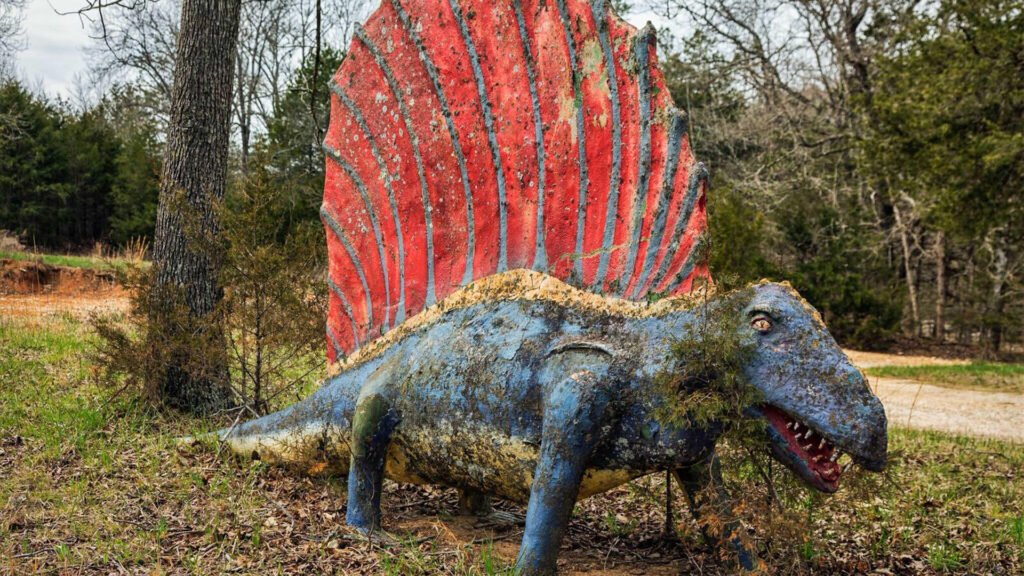
Dinosaur World operated as a prehistoric roadside park from the 1960s to the 1990s. Its main attraction was a collection of giant fiberglass dinosaurs. These weren’t small models; their sheer, lifelike scale made people gawk. Construction involved wooden frames, wire mesh, and layers of fiberglass. For decades, tourists pulled over for that quirky, fabricated glimpse into deep time.
Interest eventually faded. The park now stands as a decaying relic. Its sculptures are sun-bleached and cracking, left to the elements. Yet, Dinosaur World persists in memory. It’s a ghost on the map for those retracing classic American road trips, a solid piece of mid-century roadside culture.
The Nut Tree, Vacaville, California
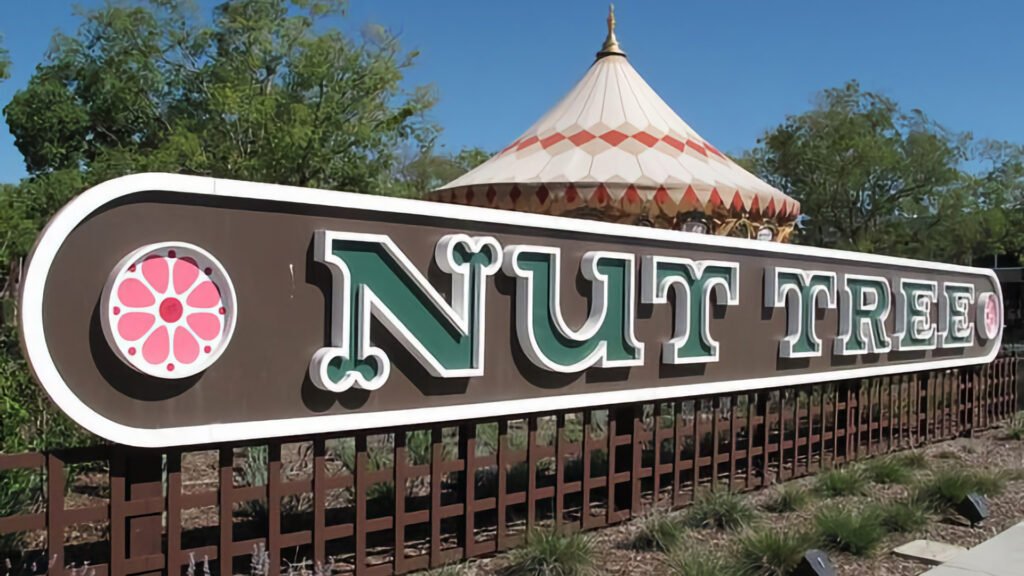
The Nut Tree launched in Vacaville, California back in 1921. Started as a simple fruit stand under a massive black walnut tree—pioneers had planted it over sixty years earlier. Growth happened fast. It morphed into a roadside magnet, pulling in travelers with a restaurant, gift shops, rides, even a small airstrip.
The spot was famed for its hospitable vibe and standout features like the Nut Tree Railroad. That place became a go-to for I-80 drivers. Shut down in the 1990s amid shifting eras. Yet it sticks in memory: a stop loaded with charm and nostalgia, capturing mid-century America’s roadside culture.
The Buckaroo Motel, Arizona
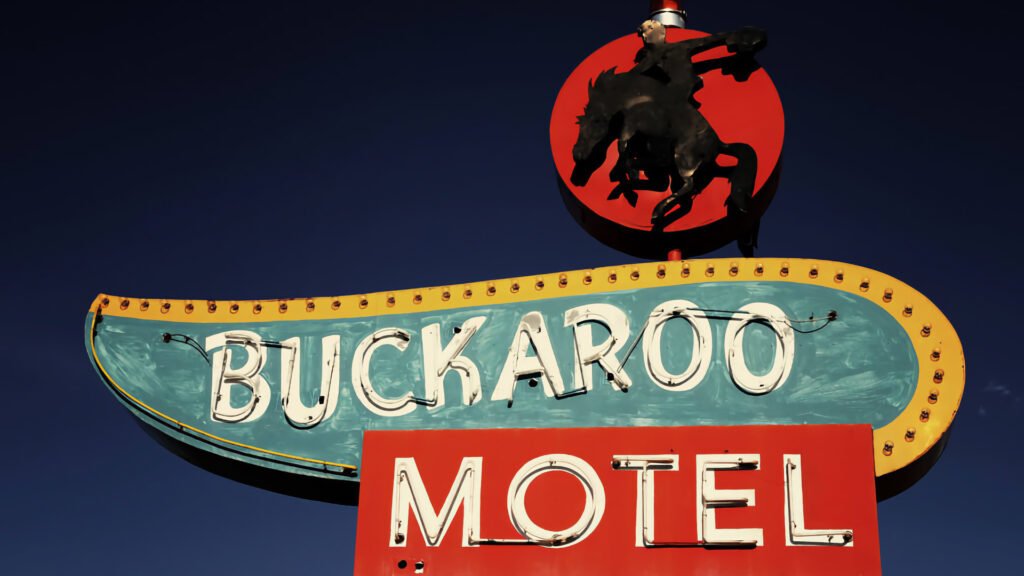
The Buckaroo Motel, a cowboy-themed stop on Arizona’s Route 66, once drew in road-weary travelers. Its iconic neon sign and western kitsch defined a mid-century American road trip. You’d find tiled bathrooms. Air conditioning.
Over time, traffic dwindled. Newer roads stole the thunder, and the motel fell into disrepair. Today it sits abandoned, a stark relic from the glory days of the Mother Road.
Igloo City, Alaska
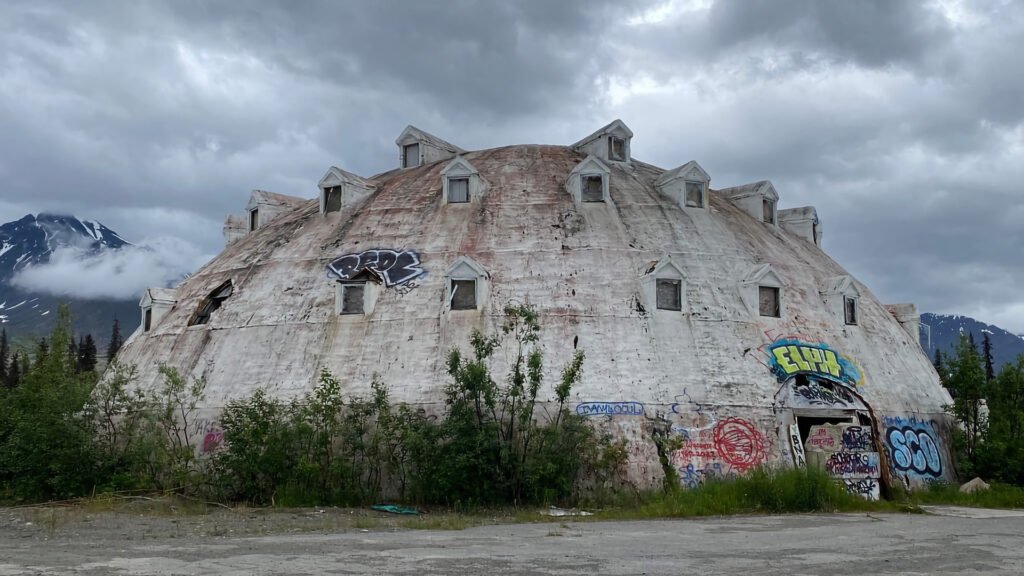
A four-story concrete igloo, conceived by Leon Smith back in the 1970s. It was supposed to be a hotel. Plans listed 25 rooms, a restaurant, a bar. Smith’s vision, reportedly inspired by the local indigenous architecture, never got off the ground. The project got bogged down in red tape and money troubles.
By the decade’s end, it was abandoned. Now it just sits there, a decaying shell along the highway. This white elephant persists as a local landmark, its intended purpose a permanent mystery. The structure slowly surrenders to the Alaskan elements.
The Thing, Arizona
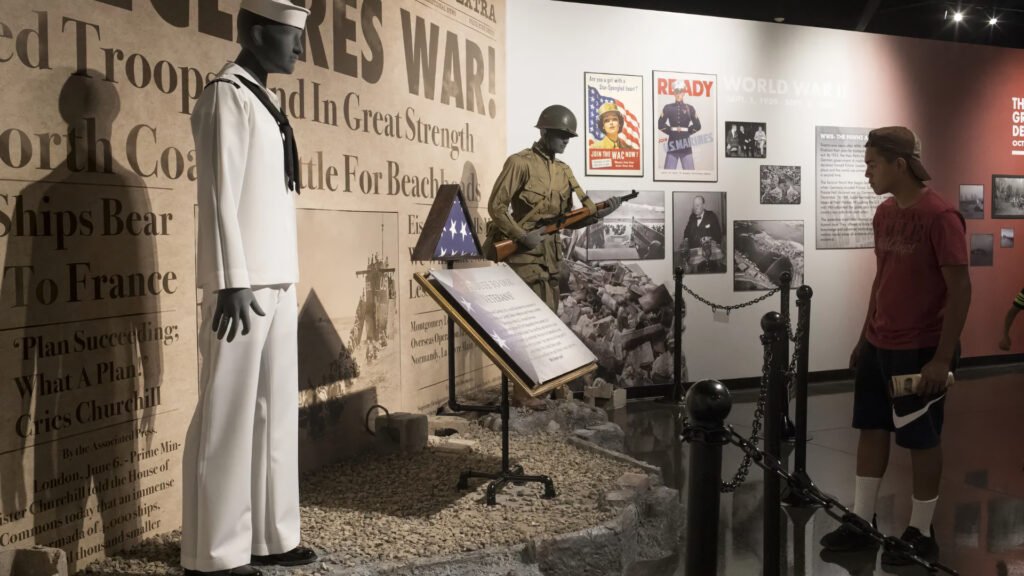
This roadside spot is famous. It’s all mystery and weird stories. A cinderblock sarcophagus holds what they claim is a mummified mother and child. But most think Homer Tate, an artist, made it for sideshows.
Thomas Binkley Prince, a lawyer, started it in the 1960s. He mixed spooky stuff—the mummy—with alien and supernatural tales. This creates a kitschy experience that draws the curious. Travelers still stop by, fascinated by its eerie and fun vibe.
Additional examples from various states
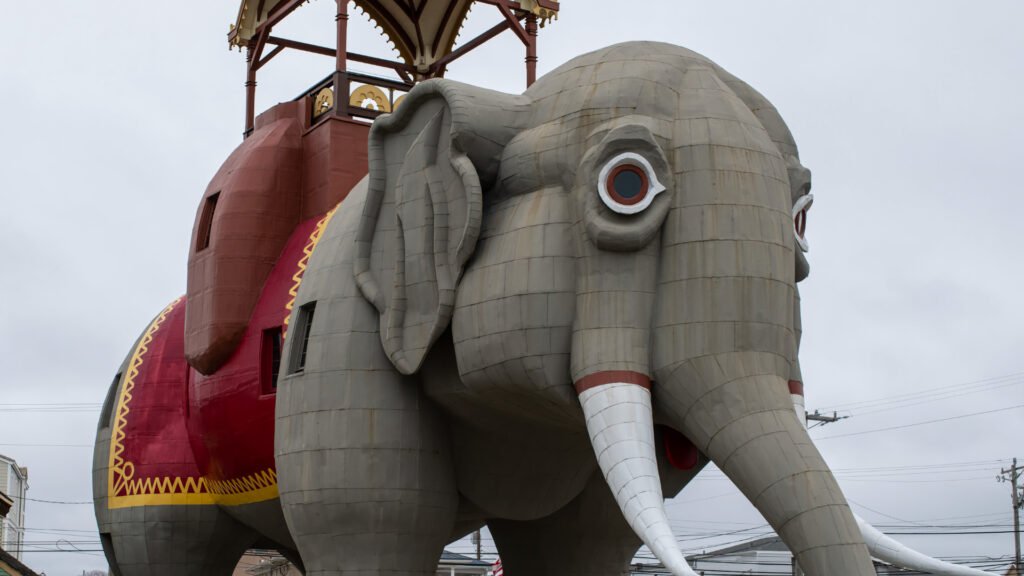
Across the US, roadside relics stand as monuments to a different era.
- Consider Lucy the Elephant in New Jersey. This six-story pachyderm building from 1881 once operated as a tavern. It’s now preserved, a historic oddity.
- Then you have the Wigwam Village motels along Route 66. These concrete teepees provided kitschy mid-century lodging.
- South Carolina’s UFO Welcome Center is a flying saucer built in 1994. The creator intended it as a speculative landing site.
- Ohio’s Big Dipper is gone, demolished. Before its end, it was a crown jewel among wooden roller coasters.
- And in Texas, Cadillac Ranch presents its half-buried cars. They function as a persistent art installation.
These sites persist. They are nostalgic, sometimes eerie, reminders of a unique roadside culture.
Preservation and Restoration Efforts
Lately, efforts to save abandoned roadside attractions have picked up.
- Communities and enthusiasts finally see their cultural worth. Route 66, for example, has a National Preservation Program that dishes out grants to fix up historic spots along the route.
- The goal isn’t just rescuing lone structures. These sites are crucial pieces of the wider roadside scene.
- Local crews and preservation buffs hustle to maintain and rehab these places. Some become popular tourist draws again, keeping their nostalgic vibe.
This work safeguards Americana and delivers economic and cultural perks for small towns and travelers.
How to Safely Explore Abandoned Attractions
Checking out abandoned spots?
- Safety and legality come first. Research property ownership and get permission—no trespassing.
- Never go solo; bring a buddy and inform someone of your plans.
- Gear up with sturdy boots, gloves, a flashlight, and a first aid kit.
- Scope the location in daylight to identify hazards: unstable floors, ceilings.
- Avoid vandalism, theft, or leaving trash.
- Respect the site’s history and condition.
- Stay discreet to prevent drawing attention.
- Document your visit carefully.
- Share locations responsibly to protect the site from damage or exploitation.
❓FAQ❓
① What time period do most abandoned roadside attractions come from?
Abandoned roadside attractions? Mostly mid-20th century relics. These sites reflect America’s car craze and the mom-and-pop biz boom back then.
② Are there guided tours available for some abandoned attractions?
Yeah, several historic roadside spots run guided tours. This setup allows for safe exploration and keeps the culture preserved.
③ What legal consequences can result from trespassing on abandoned sites?
Trespassing on someone’s property? That could mean fines, legal trouble, or removal by authorities. Always get permission first.
④ Do abandoned roadside attractions have any influence on modern pop culture?
Many have sparked films, books, and artworks, feeding into that quirky Americana vibe and nostalgia in today’s culture.
⑤ Can visiting abandoned attractions damage them?
Unregulated visits? They cause vandalism, structural damage, littering. So, respectful and responsible tourism isn’t optional.

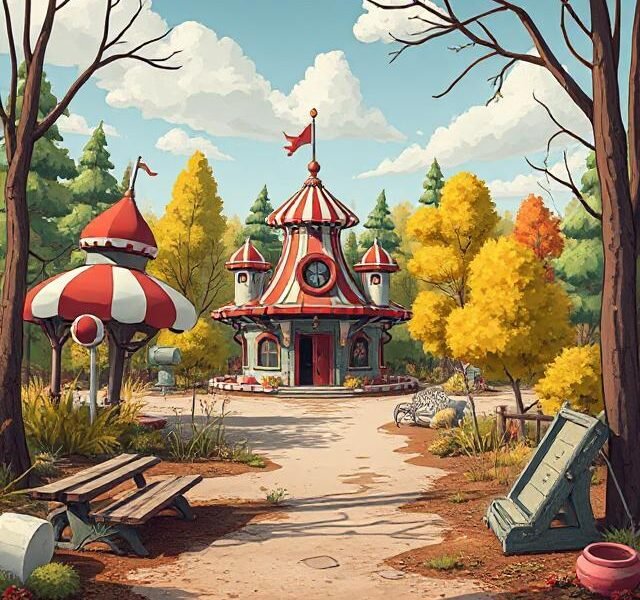




0 Comments